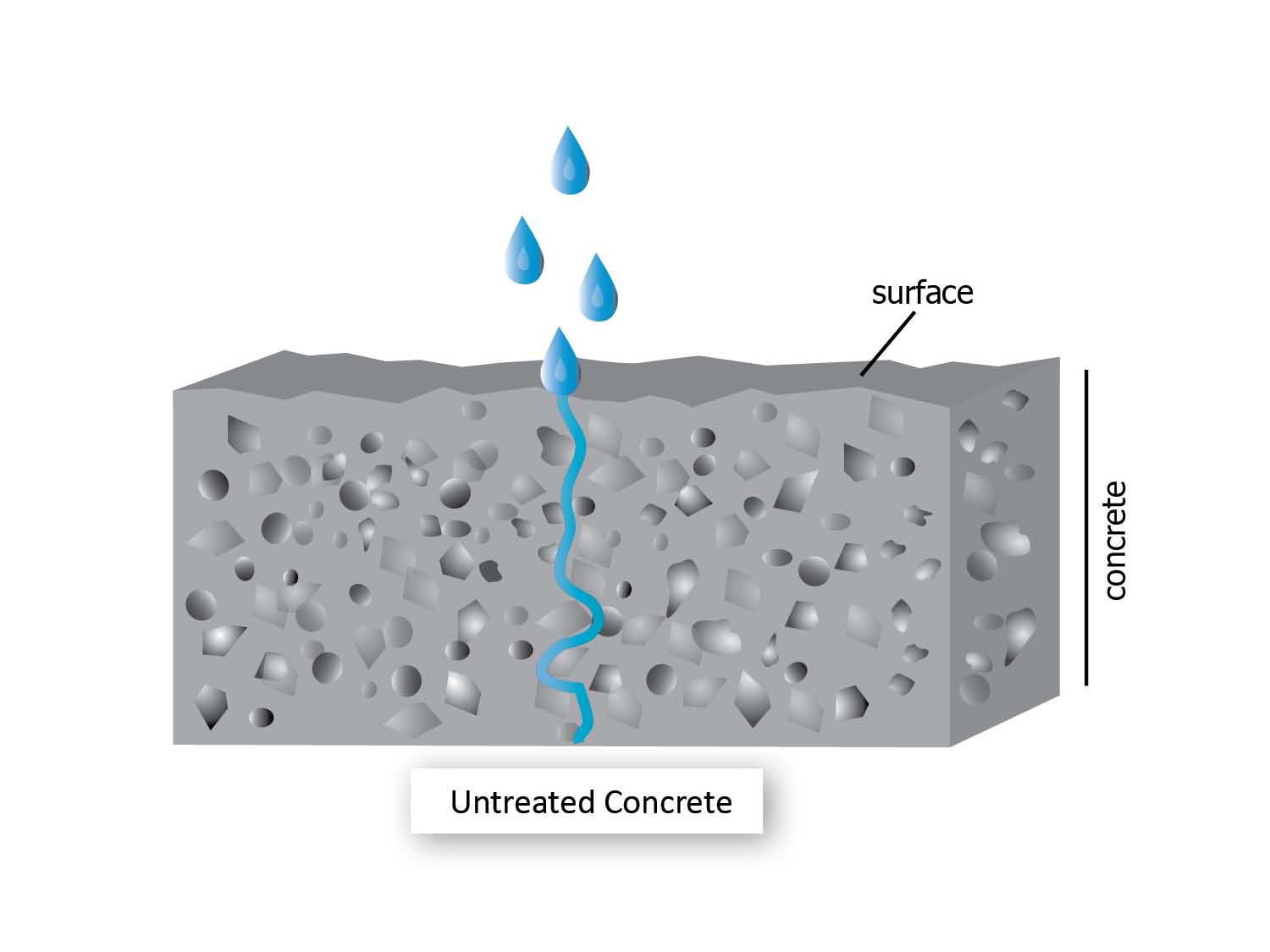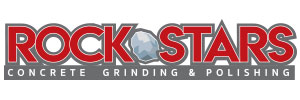
Protecting concrete
Rockstars 13 June 0 CommentsJust how vulnerable is concrete? I’m sure most people have seen concrete driveways and sidewalks with all kinds of divots or gauges (we call this spalling). There are many factors that can destroy concrete such as tree roots and ground settling that are somewhat uncontrollable. Well somewhat uncontrollable. If trees are planted close to concrete it’s likely the roots will eventually grow and lift or crack the concrete.
First we will talk about the causes of spalling
Constant water dripping
If you have a broken gutter or roof issue that allows water to consistently drip on concrete it will eventually erode the spot(s) the water is dripping on. The best fix for this is to call a repair person to address the issue that’s allowing the water to drip.
Rain Water
Rain can be damaging to concrete as it does eventually take its toll and starts to erode and weaken concrete. When rain penetrates concrete through the surface or through cracking it can eventually freeze inside the concrete surface and cause heaving, spalling and other damage. A bit later in this blog we will discuss how to protect your concrete from rain.
Rock Salt
This is one of the most common problems contributing to the erosion/spalling of concrete. The Sodium Chloride in rock salt used during the winter freeze is extremely harmful as it breaks down the concrete and over time can cause major damage. To most people concrete appears to be a solid substrate but in reality it’s really quite porous and allows surface materials (rock salt, oil, etc…) to absorb directly into its bonding structure. A bit off topic but rock salt can also be damaging to your pet’s paws as well as your plants and grass.
So what is the solution to keep concrete in good shape?
Type of salt used
Let’s start with making sure if you need to apply an anti-slip or ice melter to your concrete that you look for products that state they are safe on concrete. Most manufacturers have products they call rock salt but they also have products called ice-melter. If you carefully read the ice-melter label they will state if the product is safe on concrete as well as PAW friendly and safe for your plants and grass. Although ice-melter is more costly than rock salt, the long-term savings of keeping your concrete in good shape outweighs the product cost differential.
No matter what product you use, try and spread it evenly and dont leave piles of it in one area as that can certainly contribute to the wear.
Ice melter should always be used but in addition to that the best way to keep your concrete in good condition is a good sealer. There are hundreds of sealers on the market and to ensure the correct product and application it’s best to allow a professional installer to provide you with the product suited for your situation.
Sealers

Sealer technology has come a long way and now there are water-based products that will keep your concrete from being penetrated and at the same time strengthen the original bonding of the concrete. In so many cases people wait until their driveway or walkway is in poor condition to try and apply sealers and the sealers still work but the best time to add preventative measures are 30 days after your concrete is poured. Having said that, it’s never too late to try and reduce the effects of rain, salt, etc… has on your concrete. The sealer protection will not only reduce the erosion of your concrete but it will keep your concrete much cleaner as it does not allow dirt to absorb and it allows for a much easier cleaning process.
As with all aspects of maintenance a bit of research can certainly help in reducing long-term repair costs. Hopefully this blog post gives you some insight and points you in the right direction.

Leave A Comment
Your email address will not be published. Required fields are marked *